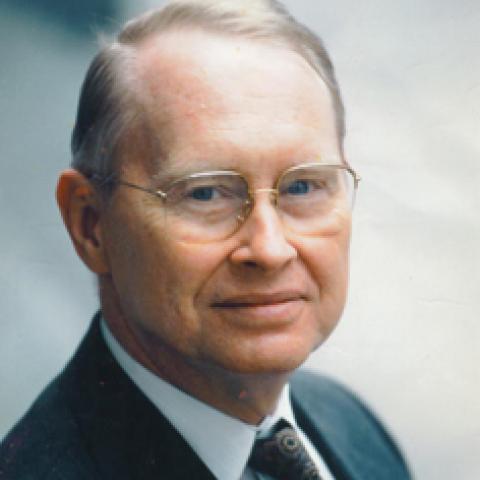
Donald Wayne Dumler, age 77, died March 20 in Eden Prairie, Minnesota. Born in 1938, he joined the staff of St. Patrick’s Cathedral in New York City in 1970 as associate director of music. In 1990 he was appointed principal organist of the cathedral, and in 2012 played his forty-third Christmas Midnight Mass, a service that has been broadcast worldwide on television, radio, and the Internet. Dumler played for over 900 services a year in the cathedral, including the Masses celebrated during Pope John Paul II’s visits to the cathedral in 1979 and 1995.
Born in Oklahoma, Donald Dumler had early training with Curtis Chambers in Oklahoma City. He studied with Mildred Andrews at the University of Oklahoma and with Vernon de Tar at the Juilliard School. In addition to numerous recitals throughout the United States, Dumler made two recordings and performed with the Juilliard Orchestra and the American Symphony Orchestra in both Carnegie Hall and Philharmonic Hall (now Avery Fisher Hall) at Lincoln Center. In 2009, Dumler played to a more than sold-out crowd in Oklahoma, with a closed-circuit broadcast to accommodate the crowds.
Upon retirement on May 1, 2014, Donald Dumler was named Principal Organist Emeritus of St. Patrick’s Cathedral, in recognition of 43 years of service. His tenure was the longest of any musician in the cathedral’s history.
Donald Wayne Dumler is survived by his sister, Shirley Geis, brother-in-law Donald Geis, nephews Ken, Mark, and Scott Geis, and niece Laura Ackermann. A Donald Dumler memorial scholarship is being established. Mass was celebrated in Donald’s memory on May 9 at St. Patrick’s Cathedral in New York City; staff organists played some of his favorite organ repertoire, and former and present cathedral choristers sang.



